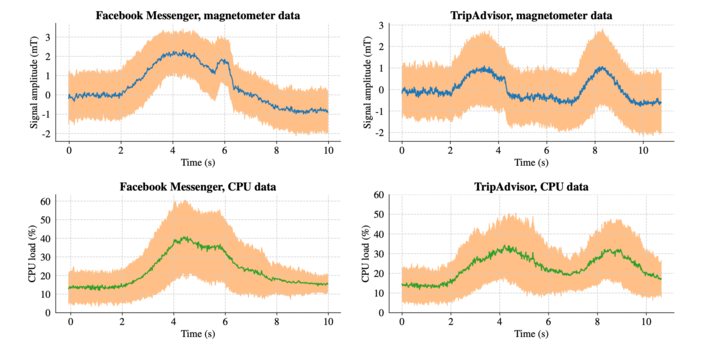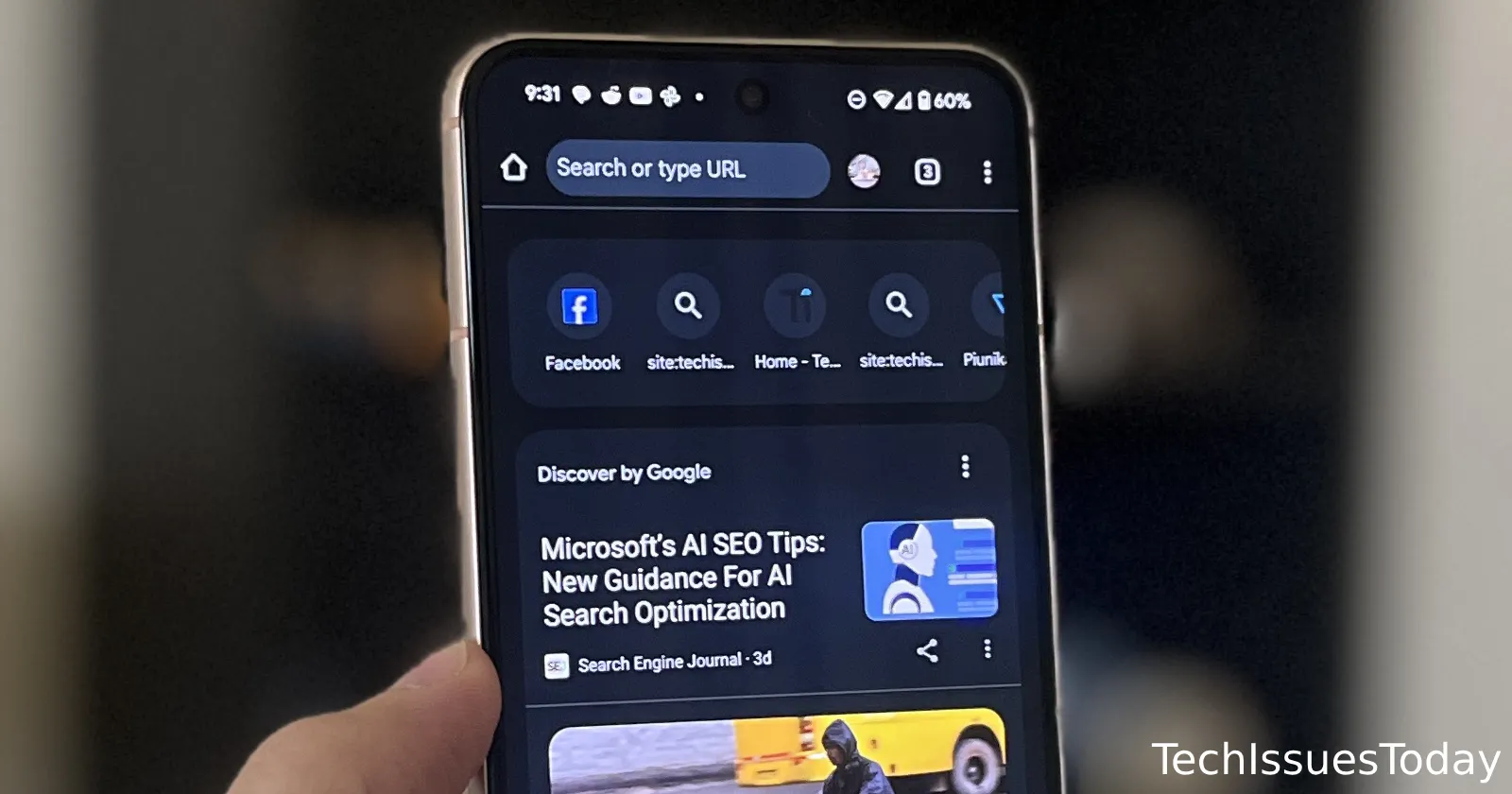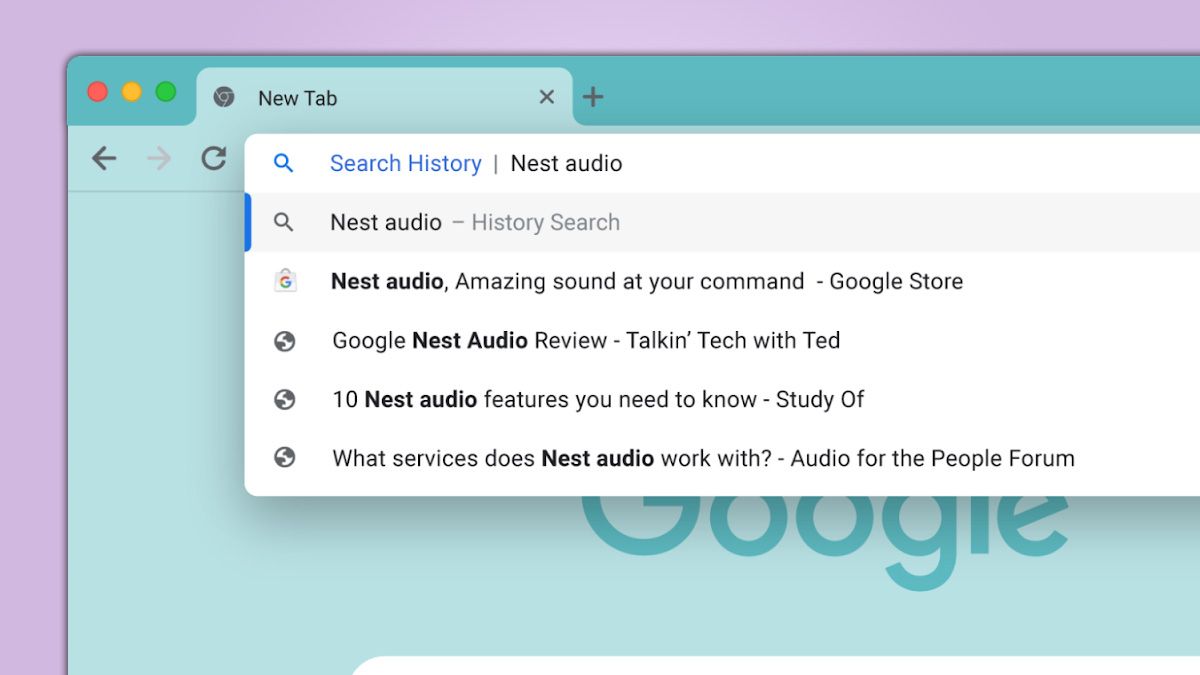
Is Your Phone Spying on You? How Your Browser's Magnetometer Can Leak Data
Your smartphone is packed with sensors, but few are as potentially revealing as the magnetometer. This sensor, designed to measure magnetic fields, is now accessible to web browsers. While it promises innovative features like gesture control and improved navigation, it also opens doors to privacy risks you need to know about.
This article will dive deep into how your browser's access to the magnetometer could be exposing your location, browsing history, and even your device usage patterns.

What is a Magnetometer and Why Does Your Browser Want It?
A magnetometer measures the strength and direction of magnetic fields. In smartphones, it's traditionally used for compass applications. Now, through the W3C Magnetometer API, web browsers can also tap into this sensor for features like:
- Gesture control: Imagine controlling games or applications with simple hand movements near your phone.
- Compass functionality: Web apps can now accurately display directions without needing native app support.
- Indoor navigation: By mapping magnetic fields inside buildings, your phone can guide you even without GPS.
The basic code to access the magnetometer is surprisingly simple, raising concerns about potential misuse.
How the Magnetometer Can Be Used to Track You
Security researchers have uncovered several ways the magnetometer can compromise your privacy:
- Offline User Tracking: By strategically placing "magnetic beacons," websites could track your movements in the real world. Think of stores monitoring customer traffic or roadways tracking driver behavior.
- Location Tracking: Combining magnetometer data with other sensor information, like the light sensor, allows for precise indoor location tracking.
- Web Browsing History Leaks: Subtle changes in your phone's magnetic field, influenced by CPU usage, can reveal which apps you're using or websites you're visiting. This creates a potential for cross-site information leakage.
The Alarming Potential for Pairing and Covert Communication
The magnetometer can even be used for device pairing and covert communication:
- Device Pairing: Simply bringing two devices close together could allow them to exchange identifying information.
- Covert Channels: Magnetic fields can be manipulated to create a hidden communication channel between devices.
Understanding the Risks: Location Tracking and Profiling
The risks associated with magnetometer access are significant:
- Precise Location Tracking: When combined with other sensors, the magnetometer provides a comprehensive tracking tool.
- Detailed User Profiling: Analyzing patterns in magnetometer data can reveal sensitive information about your habits and routines.
What Can Be Done to Protect Your Privacy?
Thankfully, there are potential solutions to mitigate these risks:
- Browser Permissions: Requiring explicit user permission before granting websites access to the magnetometer is crucial.
- Frequency Capping: Limiting how frequently the sensor can be read (e.g., to 1 Hz) can reduce the potential for abuse.
- Precision Reduction: Decreasing the precision of magnetometer readings can make it harder to extract sensitive information.
Staying Safe: Take Control of Your Browser Permissions
The magnetometer, while offering exciting possibilities, presents real privacy challenges. By understanding these risks and advocating for stronger browser protections, you can help ensure your data remains secure. Keep an eye on your browser's permission settings and be mindful of the websites you grant access to your device's sensors.













